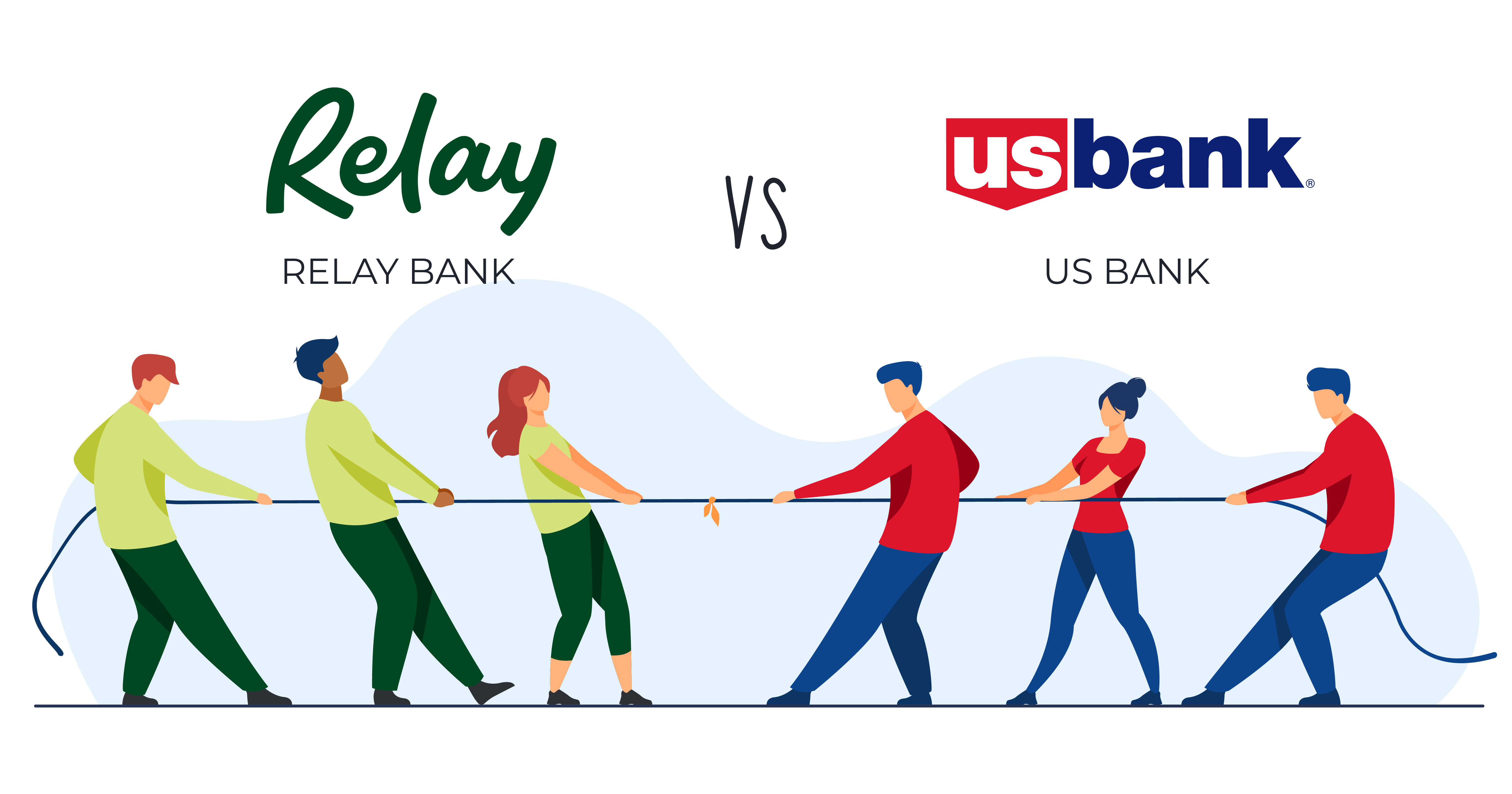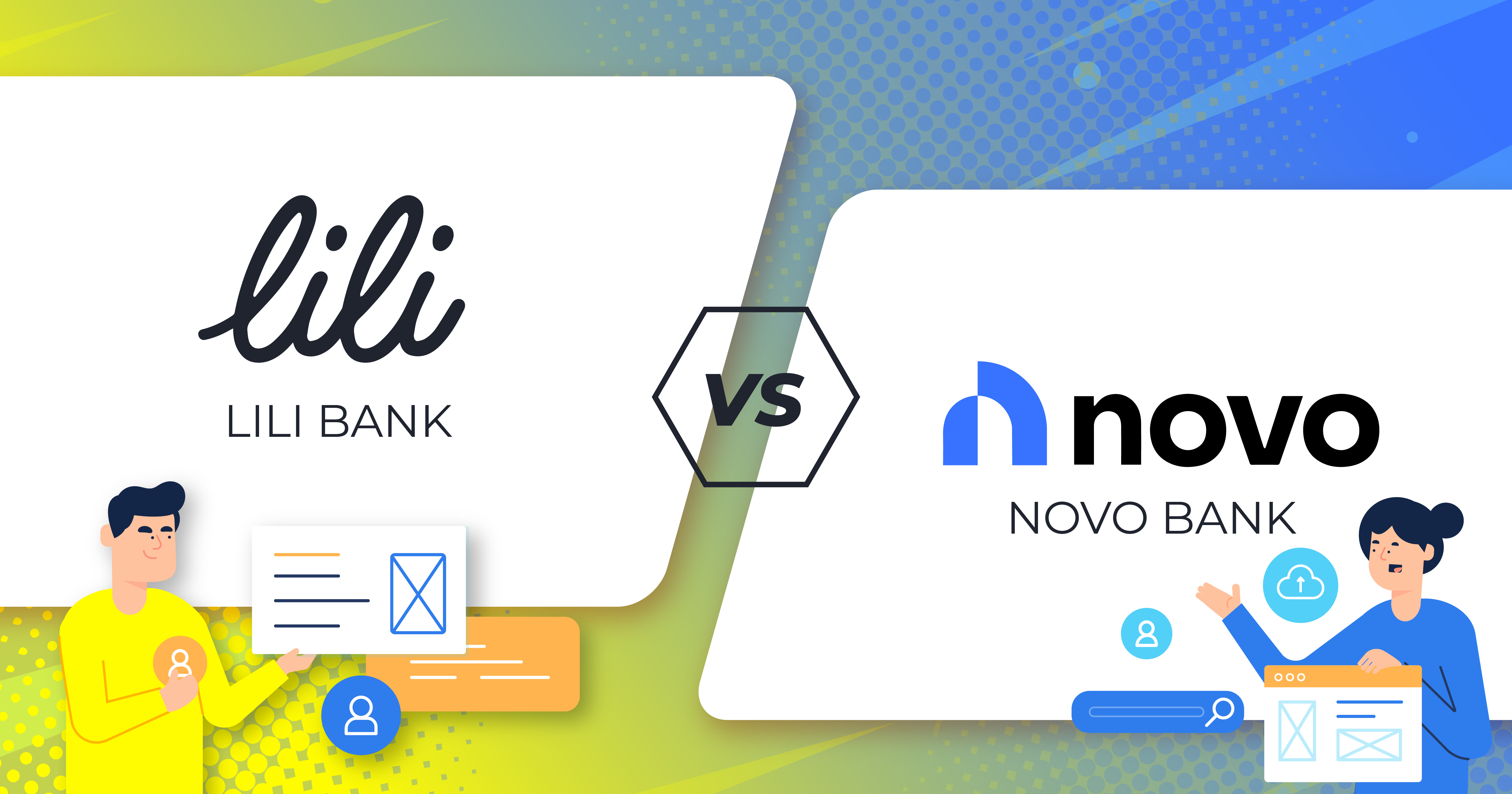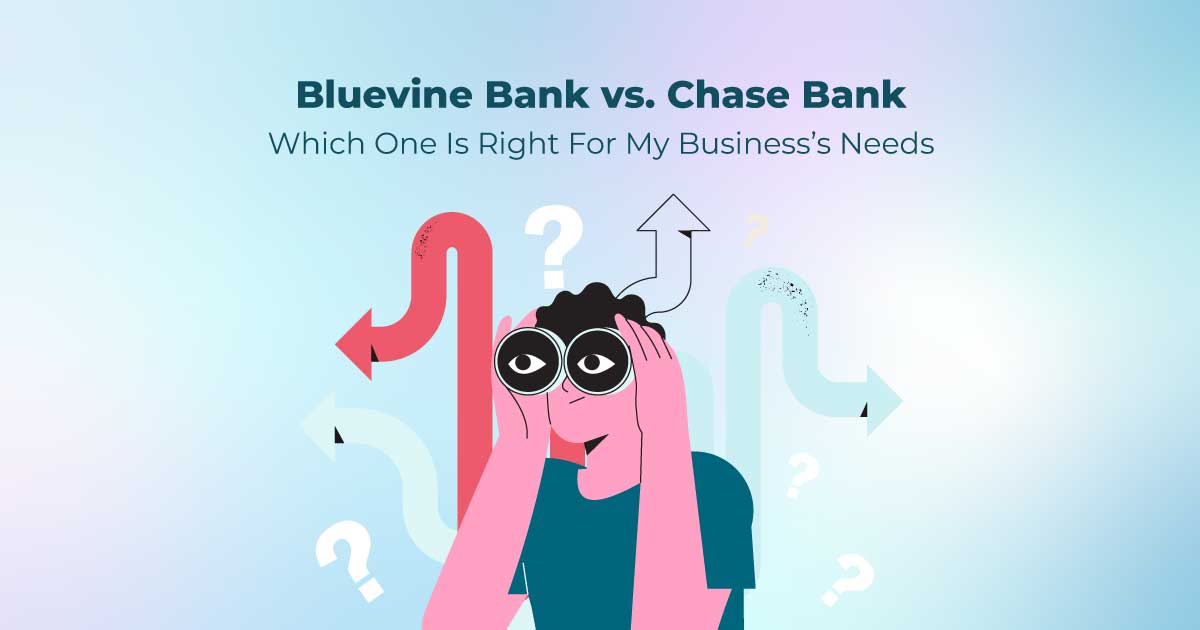Neobanks vs. Challenger Banks: Similarities and Differences
Key Takeaways
- Neobanks and challenger banks represent distinct banking models, each with unique goals and structures.
- Neobanks operate similarly to tech firms, prioritizing rapid user growth initially and expanding services upon reaching a substantial user base.
- Challenger banks function more like contemporary financial institutions, focusing on profitable growth and aiming to be the go-to bank for their clientele.
- Neobanks primarily measure success by user acquisition, profitability takes precedence for challenger banks, especially through efficient risk management.

Are you tired of dealing with the hassle of traditional banking? Do you want more control over your finances and better access to digital-based financial services? Then you may want to consider the new wave of banking options: neobanks and challenger banks.
This article will examine the differences and similarities between neobanks and challenger banks, and assist you in determining the most suitable option for your needs.
Comparison of Neobanks and Challenger Banks vs. Traditional Banks
Neobanks and challenger banks stand out from traditional banks in many significant ways. Primarily, their method of delivering financial services sets them apart: traditional banks typically operate through physical branches and emphasize face-to-face transactions, whereas neobanks and challenger banks operate exclusively online, focusing on mobile and web-based banking solutions. Traditional banks often levy higher fees and offer less flexible account options, while neobanks and challenger banks usually provide lower or no fees and a broader array of services including budgeting tools, investment opportunities, and insurance offerings.
The approach to customer service also differs markedly. Neobanks and challenger banks aim to offer a more personalized, convenient, and accessible service, countering the often bureaucratic and rigid customer service of traditional banks. Moreover, neobanks and challenger banks are quick to incorporate advanced technology to introduce innovative financial products, which contrasts with the slower technological adoption typical of traditional banks.
Although both neobanks, challenger banks, and traditional banks share the goal of providing financial services and generating profit, neobanks and challenger banks focus more on customer needs, whereas traditional banks often concentrate on their own profitability. The decision to choose between neobank, challenger bank, or traditional bank ultimately depends on individual financial preferences and requirements.
As technology advances and the demand for efficient, easily accessible financial services grows, neobanks and challenger banks are emerging as formidable new forces in the banking sector. The next section will explore what neobanks and challenger banks are, their defining features, and the advantages and disadvantages they offer compared to traditional banks.

What are Neobanks?
A neobank is a type of digital-only bank that operates purely online, without any physical branches. Neobanks are designed to offer customers a modern and user-friendly experience, focusing on technology and innovation. Some well-known neobanks include Monzo, N26, Chime, Varo, Money, Zenbanx, Ally Bank, Monese, and Revolut.
Advantages of Neobanks
- Convenient and accessible through a mobile app: Neobanks offer a user-friendly experience, allowing customers to manage their finances through a mobile app. This makes it easy for customers to access their accounts, complete transactions, and stay on top of their finances on the go.
- Low or no fees for transactions and services: Neobanks often offer low or no fees for services such as account management, card transactions, and other financial services. This can result in significant savings compared to traditional banks.
- No minimum balance requirements: Unlike traditional banks, neobanks do not require customers to maintain a minimum balance in their accounts. This makes them an attractive option for people with varying levels of financial resources.
- Wide range of financial services and products: Neobanks offer a wide range of financial services and products, including savings accounts, checking accounts, budgeting tools, and real-time notifications. These services are designed to be convenient and accessible to customers.
Disadvantages of Neobanks
- Limited customer service options: Since neobanks operate solely online, they may have limited options for customer service. This can disadvantage customers who prefer direct access to a representative for support.
- No physical branches for in-person support: Unlike traditional banks, neobanks do not have physical branches, making it easier for customers to receive in-person support.
- Some services may not be available in certain countries: As neobanks are still a relatively new concept, they may only be available in some countries or have limited services in certain regions.
In conclusion, neobanks offer several advantages for customers looking for a modern and convenient banking experience.
What are Challenger Banks?
Challenger banks, also known as digital-only banks, are a type of financial institution that aim to challenge the dominance of traditional banks. Like neobanks, challenger banks are digital-only but often provide a wider range of services and products, including loans, mortgages, and insurance. Examples of challenger banks include Atom Bank, Starling Bank, Marcus by Goldman Sachs, Square Cash App, Simple Bank, Up Bank, TransferWise, and Tandem.
Advantages of Challenger Banks
- Convenient and accessible through a mobile app: Challenger banks offer a modern, digital-first experience for customers, making it easy and convenient to manage your finances through a mobile app. This allows for quick and easy access to various financial services and products, from checking account balances and making transfers to applying for loans and investing in stocks.
- Wide range of financial services and products: Challenger banks offer a broad range of financial services and products, including savings accounts, checking accounts, loans, and investment options. This allows customers to manage their financial needs in one place without having to navigate multiple different apps or websites.
- Potential for higher interest rates on savings: Challenger banks may offer higher interest rates on savings accounts than traditional banks, which can help customers grow their savings more quickly. This particularly appeals to customers looking to maximize their earnings on their deposits.
- Personalized financial advice and support: Challenger banks often use technology to provide personalized financial advice and support. They use algorithms and data to analyze a customer's financial behavior and suggest products and services best suited to their needs. This can help customers make better financial decisions and achieve their financial goals.
Disadvantages of Challenger Banks
- Limited customer service options compared to traditional banks: Challenger banks operate digitally and often have limited customer service options compared to traditional banks. While they may offer customer service through their app or website, there may not be a dedicated customer support team available for in-person support or phone support.
- Limited services availability in many countries: Challenger banks may not offer their full range of services in all countries due to regulatory restrictions or other limitations. Customers should research and compare different challenger bank options to ensure that the services they need are available in their country.
- Higher fees for certain transactions or services: Challenger banks may charge higher fees for certain transactions or services, such as international transfers or overdraft protection, than traditional banks. Customers should research and compare the fees charged by different challenger bank options to determine the most cost-effective one for their needs.
Differences and Similarities Between Neobanks and Challenger Banks
Neobanks and Challenger Banks are two terms used to describe the new wave of digital-only banking institutions shaking up the traditional banking landscape. Although both types of banks aim to offer innovative financial services to their customers, there are key differences and similarities between the two that you should be aware of.
| Criteria | Challenger Bank | Neobank |
|---|---|---|
| Business Model Type | Closer to a bank | Closer to a tech startup |
| Regulations | Regulated as a bank by financial institutions | Regulated through regulations of third-party providers |
| Supports P2P Payments? | Yes | Yes |
| Debit Cards | Yes | Yes |
| Credit Cards | Yes | Possibly |
| Give out loans? | Yes | Possibly |
| Have physical locations? | Yes | No |
Differences Between Neobanks and Challenger Banks
- Services Offered: Neobanks generally offer a wider range of financial services, including savings accounts, checking accounts, credit cards, and investment options, while challenger banks tend to focus on core banking services like current accounts, overdrafts, and loans.
- Target Audience: Neobanks tend to target a younger, tech-savvy demographic, while challenger banks aim to serve a broader range of customers, including those who prefer traditional banking methods.
- Business Model: Neobanks rely solely on digital channels to provide financial services, while challenger banks have a mix of physical branches and digital offerings.
- Regulations: Neobanks are subject to fewer regulations as compared to challenger banks, which must comply with traditional banking regulations.
Similarities Between Neobanks and Challenger Banks
- Technology-Driven: Both neobanks and challenger banks use technology as a core component of their business model to provide financial services.
- User Experience: Both types of banks aim to offer customers a user-friendly, seamless experience through their mobile apps.
- Focus on Innovation: Both neobanks and challenger banks prioritize innovation and aim to disrupt traditional banking by introducing new and improved financial products and services.
Comparison of Neobanks and Challenger Banks
When evaluating neobanks and challenger banks, it's crucial to consider aspects like fees, interest rates, and customer service. Neobanks usually provide lower or no transaction fees, whereas challenger banks might charge more for specific services. Challenger banks often provide higher interest rates on savings accounts compared to neobanks. In terms of customer support, although both offer limited options, challenger banks typically deliver more tailored financial advice and assistance.
Both types of banks offer an extensive array of financial services and products accessible via their mobile applications. Neobanks generally emphasize technological innovation, while challenger banks focus on providing personalized financial guidance.
As for their business frameworks and regulatory compliance, neobanks and challenger banks are innovative entrants in the banking sector and operate under different regulations compared to traditional banks, affecting their service delivery.
In conclusion, both neobanks and challenger banks bring distinct advantages and drawbacks in providing digital-first financial services. It's essential to balance these factors against your specific financial requirements and preferences when deciding which type of bank is best suited for you.

Future Outlook for Neobanks and Challenger Banks
Neobanks and challenger banks are a relatively new phenomenon in the banking industry, and their long-term viability still needs to be determined. Despite their growing popularity and the advantages they offer over traditional banks, there are several challenges that these digital-only institutions must overcome to ensure their success in the long term. For example, they must navigate complex regulatory requirements, establish sustainable business models, and compete with well-established traditional banks that have, in some cases, a century or more of brand recognition and customer loyalty.
Another factor that will play a role in the long-term viability of neobanks and challenger banks is their ability to manage risk and maintain customer trust. As these institutions continue to grow, they must ensure that their systems and processes are secure and can protect customer data and funds. Furthermore, they must build strong relationships with customers and deliver the level of service and innovation that their target market demands.
Despite these challenges, the future outlook for neobanks and challenger banks is promising. They are poised to disrupt the traditional banking industry and offer consumers more accessible and convenient financial solutions. With technological advancements and the increasing demand for digital-only banking solutions, it is expected that neobanks and challenger banks will continue to grow and expand their market share. Also, with a focus on customer experience and a willingness to challenge traditional banking norms, these new players are poised to disrupt the traditional banking industry and drive innovation.
However, as with any new and untested business model, there is a degree of uncertainty surrounding their long-term viability. Challenges such as regulatory hurdles, competition from traditional banks, and the need for sustainable profitability will also play a role in determining the success of neobanks and challenger banks in the long term. Time will tell how these institutions evolve and adapt to the changing landscape of personal finance.

Final Thoughts on Neobanks and Challenger Banks
In conclusion, neobanks and challenger banks represent a significant shift in the traditional banking landscape. With a focus on digital-first services, customer experience, and accessible financial solutions, they have the potential to change the way consumers manage their finances. As the market for neobanks and challenger banks continues to grow, consumers must consider their options and choose the best solution that meets their needs. With a commitment to innovation and a willingness to challenge the status quo, these new players are changing the financial landscape for the better.
If you are looking for a more accessible, convenient, and affordable banking solution, now is the time to explore the options offered by neobanks and challenger banks.
Frequently Asked Questions
Do challenger banks operate the same way as traditional banks?
No. Challenger banks function solely online, whereas traditional banks maintain physical branches. Typically, challenger banks offer lower fees and superior digital capabilities relative to conventional banks.
How would you define a challenger bank?
A challenger bank is a fully digital financial entity, often characterized by its competitive fees and intuitive technologies, setting it apart from traditional banks."
How do neobanks differ from challenger banks?
Both neobanks and challenger banks operate as digital-centric, branchless financial institutions. While neobanks generally provide basic banking services, challenger banks extend a wider array of financial products, such as loans, credit cards, and investments, positioning themselves as competitors to conventional banks.
Is traditional banking superior to neobanking?
It's a matter of personal preference. If you appreciate face-to-face interactions and physical branches, you might favor traditional banks. On the other hand, if you're inclined towards efficient digital solutions, neobanks could be a better fit for you.
Edited by:
Bryan Huynh
•
Product Tester & Writer
























































































